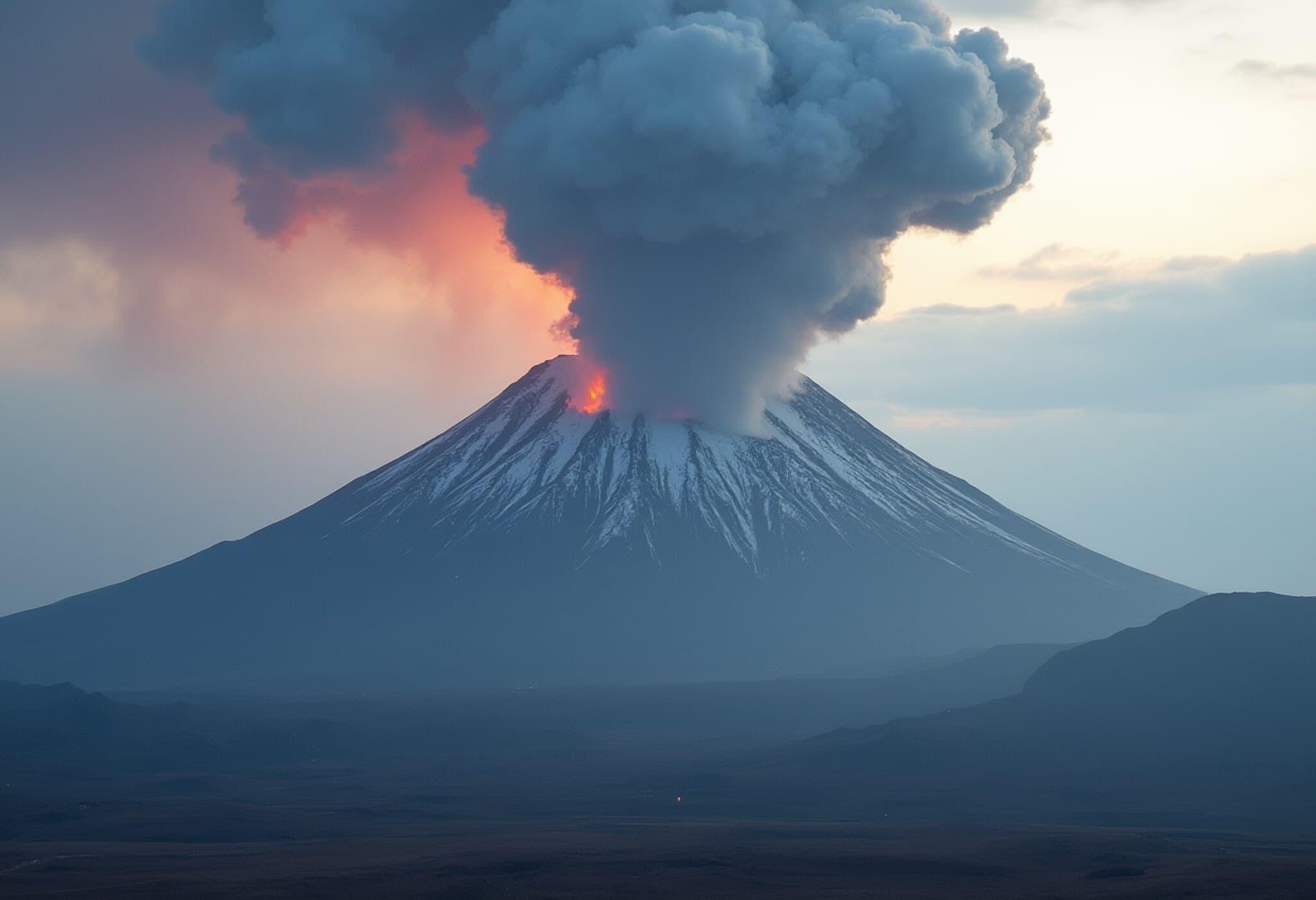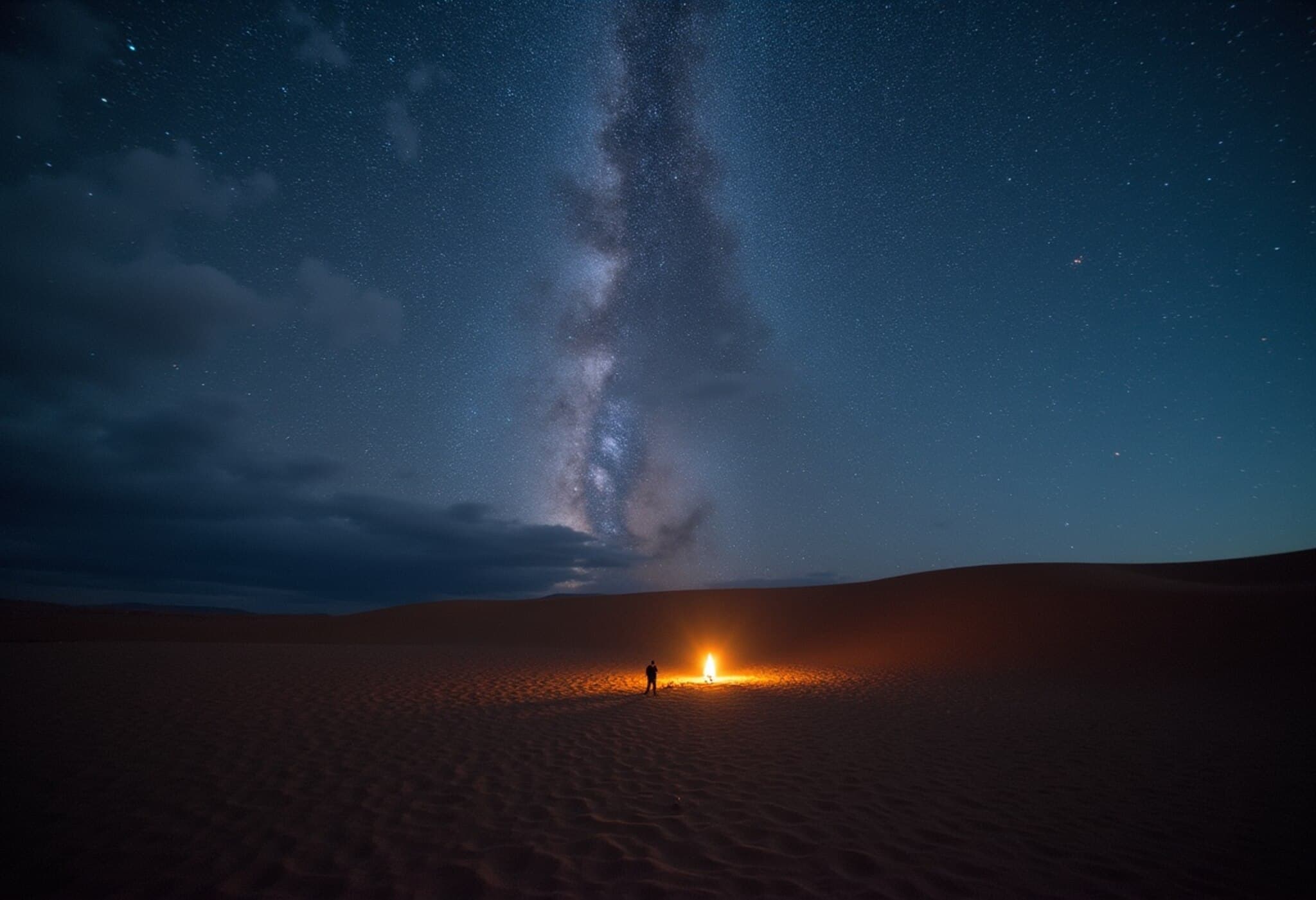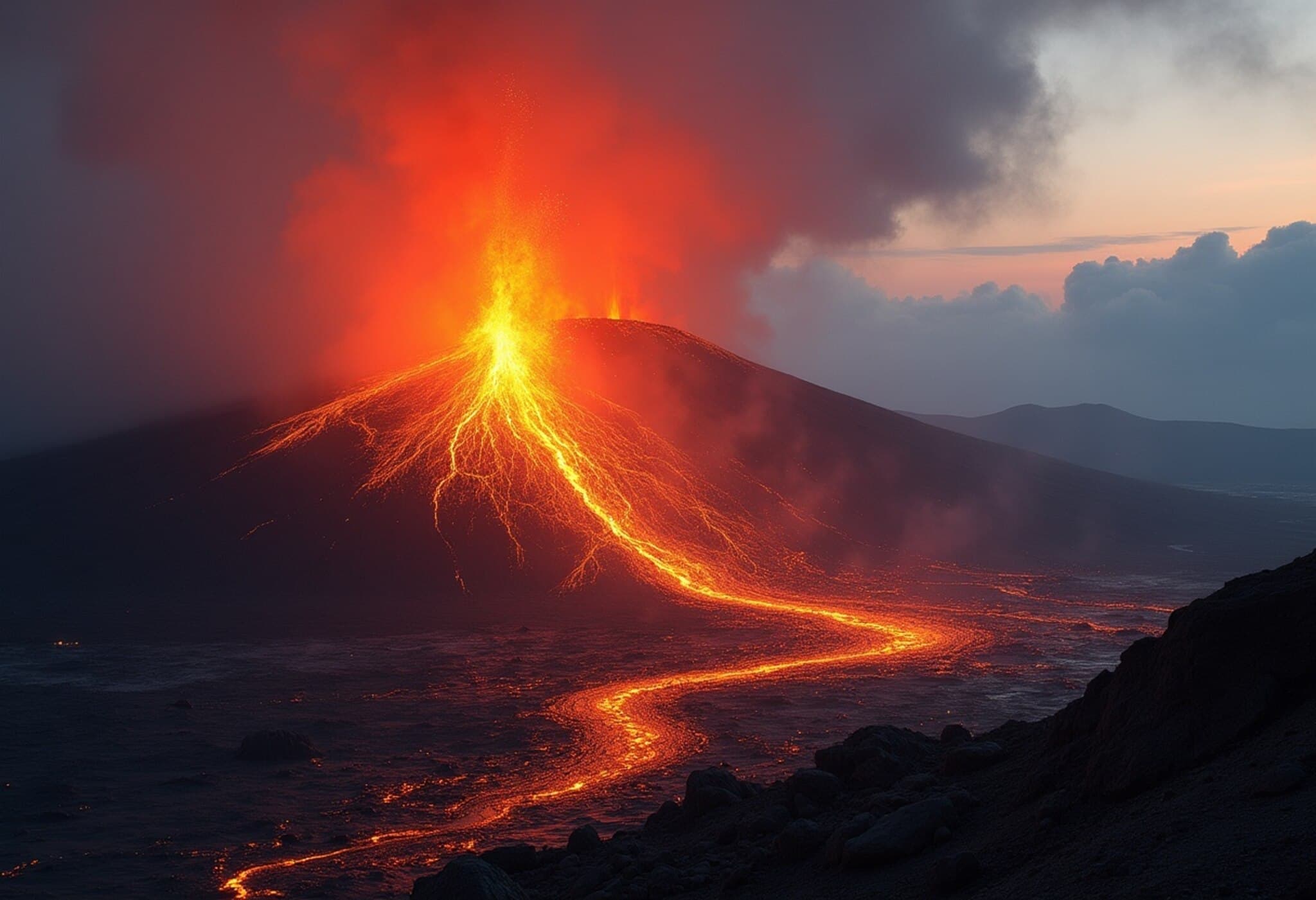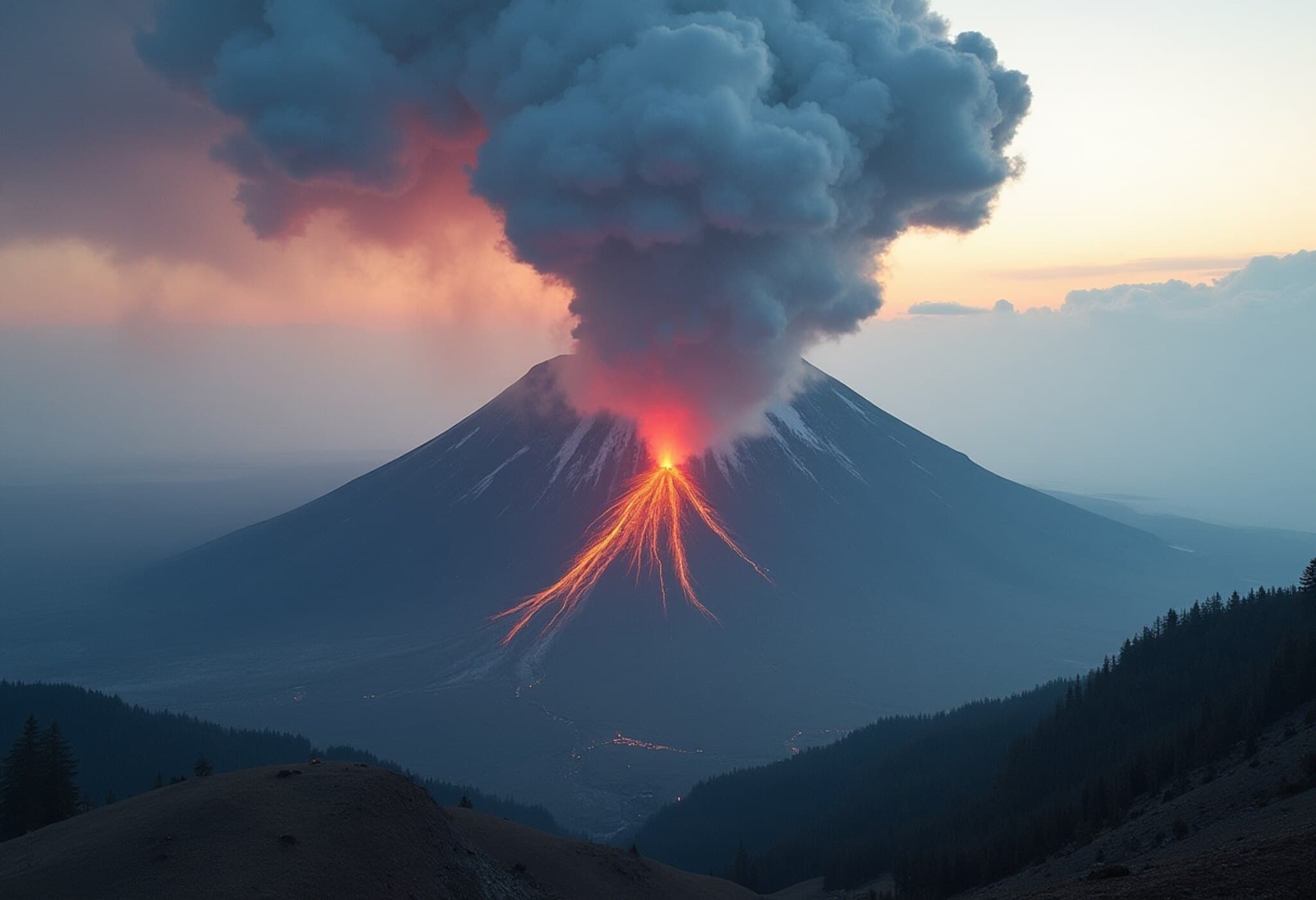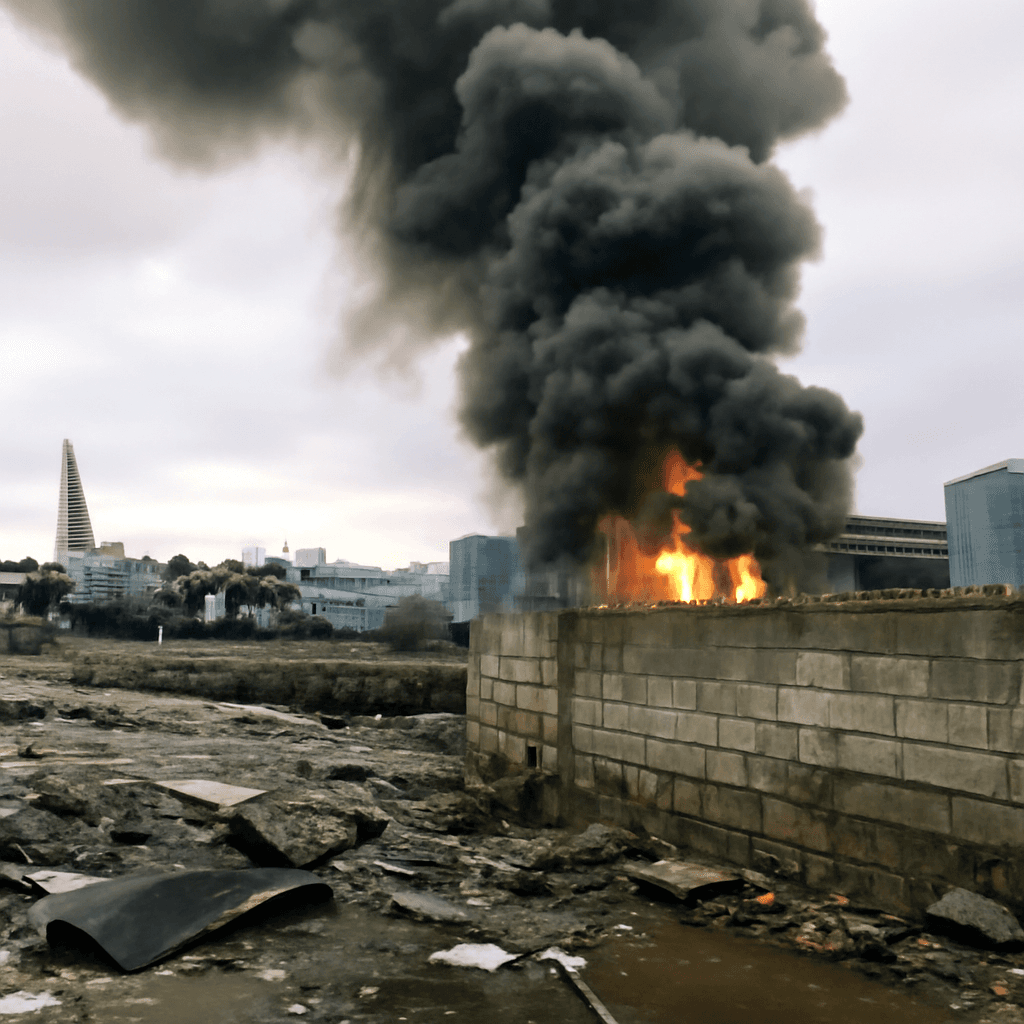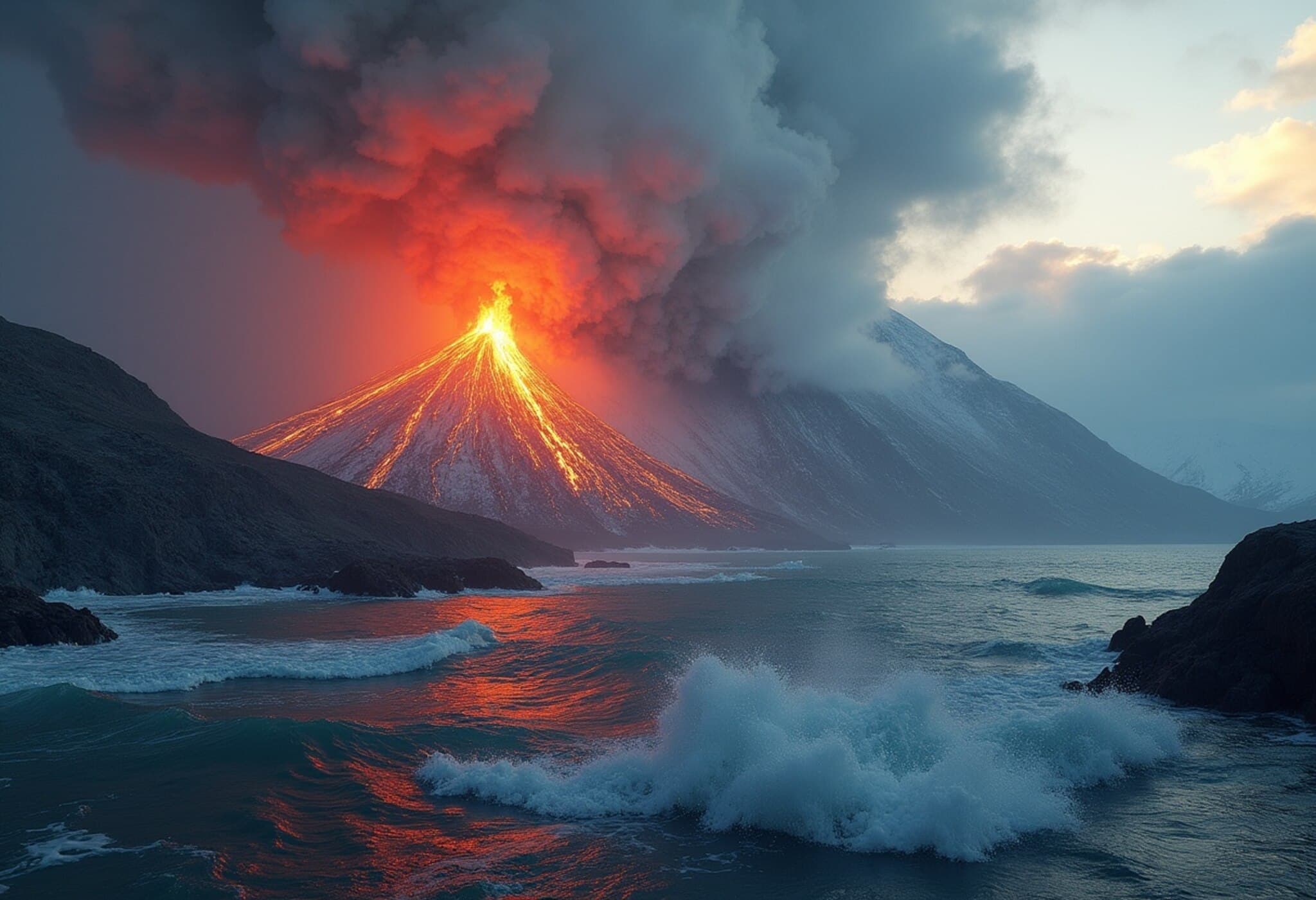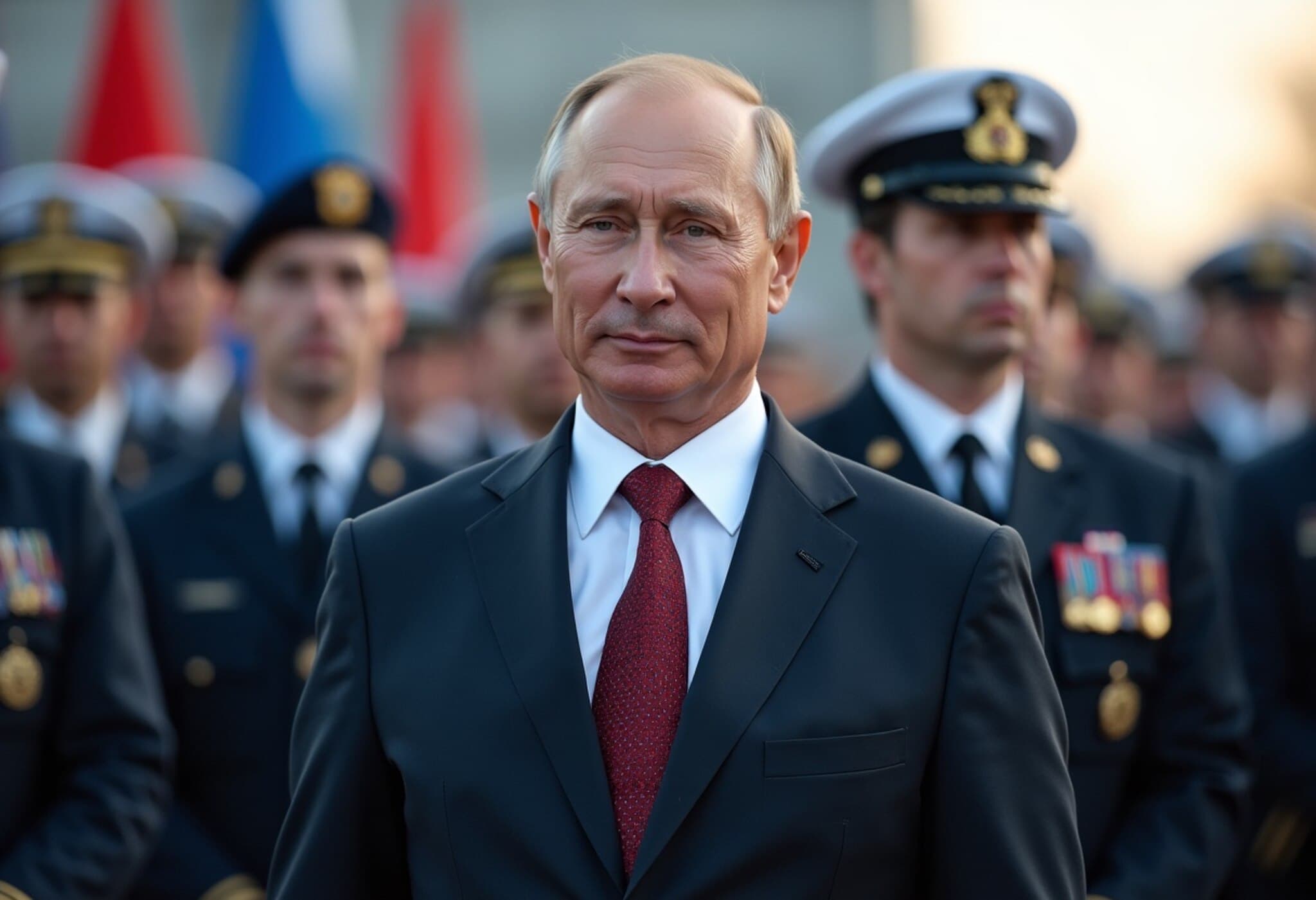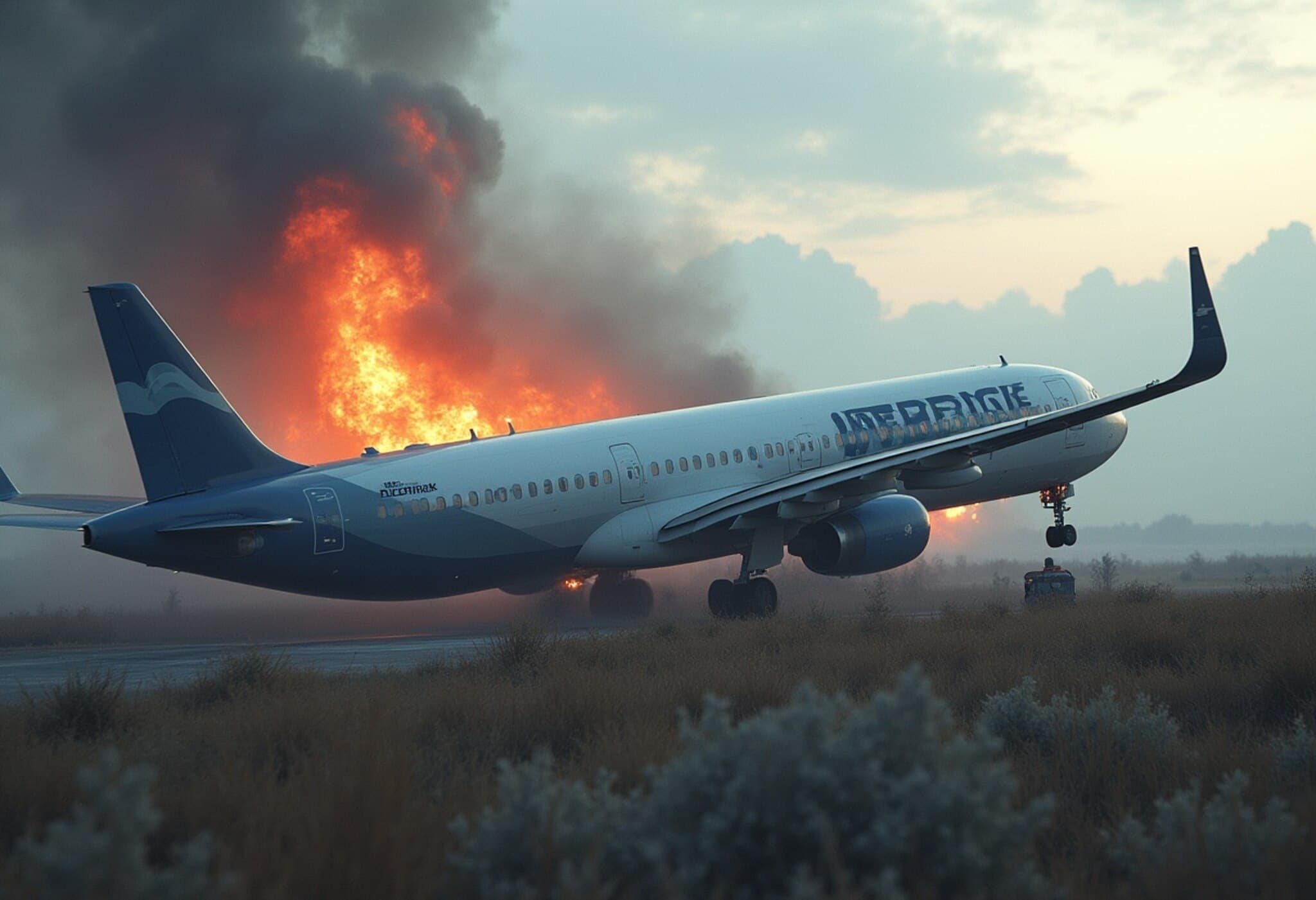Historic Eruption of Krasheninnikov Volcano Rocks Russia's Kamchatka Peninsula
In a dramatic geological event, the Krasheninnikov volcano on Russia’s remote Kamchatka Peninsula erupted for the first time in centuries, unleashing a towering ash plume just days after a massive 8.8-magnitude earthquake shook the region. This volcanic awakening has captured the attention of scientists and residents alike, raising important questions about seismic and volcanic interconnectivity in one of the world’s most geologically active regions.
Volcanic Activity Following a Powerful Earthquake
The eruption occurred overnight near the Kronotsky Reserve, a protected area famed for its natural beauty and diverse ecosystem. Officials reported ash clouds soaring up to 6 kilometers (approximately 3.7 miles) into the atmosphere, visible for miles. State media circulated stunning visuals showcasing a dense plume billowing far above the crater.
According to Kamchatka’s Emergencies Ministry, the ash plume drifted eastwards towards the Pacific Ocean, thankfully sparing populated areas from fallout. No ash has been reported in local communities, providing relief amid an already tense situation.
Tectonic Tremors and Tsunami Alerts
The volcanic eruption was closely preceded by a 7.0 magnitude earthquake, which in turn followed the earlier massive 8.8-magnitude event that rattled Russia's Far East. The seismic shocks triggered tsunami warnings for multiple coastal zones of Kamchatka, a precaution that was later lifted by federal emergency authorities. The earthquake’s international ripples were felt far beyond Russia, stirring small tsunami waves in Japan and Alaska and prompting alerts stretching as far as Hawaii and the Pacific islands.
Scientific Perspectives and Discrepancies on the Volcano’s History
Olga Girina, head of the Kamchatka Volcanic Eruption Response Team, noted this is the first historically confirmed eruption of the Krasheninnikov volcano in 600 years, underscoring the rarity of this event. However, contrasting records from the Smithsonian Institution’s Global Volcanism Program suggest the last eruption took place around 475 years ago, in 1550. The discrepancy between these authoritative sources highlights ongoing challenges in volcanic record-keeping, especially for remote regions with sparse historical data.
Despite the decrease in activity reported late Sunday, the response team cautioned that moderate explosive activity may persist, advising continuous monitoring.
Why This Matters: Volcanic and Seismic Risks in Kamchatka
The Kamchatka Peninsula sits atop the Pacific Ring of Fire, a notorious hotspot for earthquakes and volcanic eruptions due to tectonic plate subduction. This region's dynamic geology profoundly affects local communities, ecosystems, and global atmospheric conditions. The recent eruption serves as a vivid reminder of the powerful forces shaping our planet and the importance of preparedness in vulnerable areas.
- Location: Kamchatka Peninsula, Russian Far East
- Volcano: Krasheninnikov (Eastern volcanic belt)
- Recent Earthquake: Magnitude 8.8, followed by 7.0 quake
- Ash Plume Height: Approximately 6 km (3.7 miles)
- Human Impact: No populated areas affected by ashfall
- Tsunami Warnings: Issued then lifted for Kamchatka coastal zones
Expert Commentary: Linking Earthquakes and Volcanic Eruptions
Volcanologists emphasize that the timing between large earthquakes and subsequent volcanic eruptions can offer critical insights into subterranean processes. The recent sequence in Kamchatka may point to stress redistribution along fault lines that triggers magma movement. Such complex interactions underscore the necessity for integrated seismic and volcanic monitoring systems, especially as climate patterns and human activity increasingly intersect with geologic hazards.
From a policy standpoint, this event highlights the need for robust emergency response protocols and public education in remote yet geologically sensitive regions. The Kamchatka Peninsula's sparse population and rugged terrain pose unique challenges for rapid evacuation and hazard communication. Global collaboration to refine early warning systems could mitigate risk and safeguard lives in the future.
Looking Forward: Monitoring and Preparedness
While the immediate threat from the Krasheninnikov volcano eruption appears to be receding, experts insist on heightened vigilance. Ongoing satellite surveillance, ground sensors, and seismic data analyses are crucial to detect any resurgence. For residents and ecosystems alike, understanding the rhythms of Earth's restless heart remains a vital pursuit, intertwining science with community resilience.
Editor's Note
The sudden awakening of the Krasheninnikov volcano after centuries of dormancy challenges us to rethink how we perceive geological quiet zones. In an era of evolving climate and seismic conditions, the interplay of earthquakes and volcanic eruptions demands closer scientific scrutiny. As this story unfolds, it offers a compelling reminder of nature’s unpredictable power and the human imperative to respect and prepare for these forces. What remains to be seen is how this event will influence future policies on disaster preparedness not only in Russia but globally in similarly vulnerable areas.

